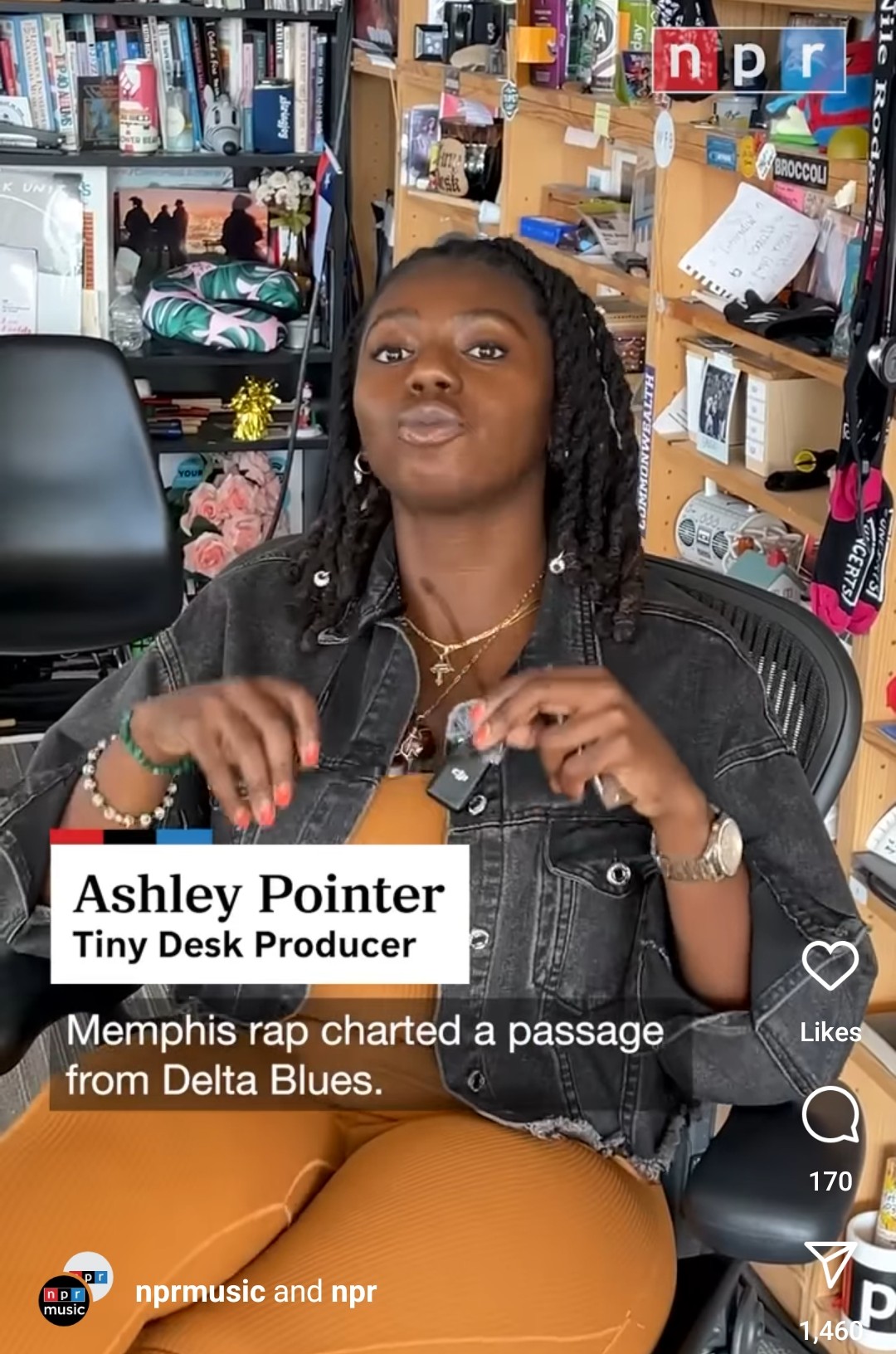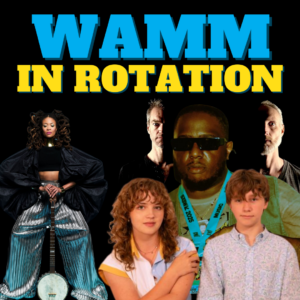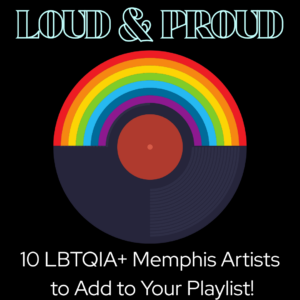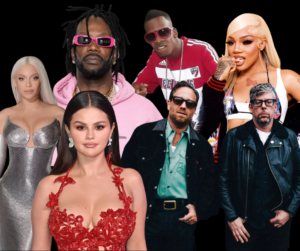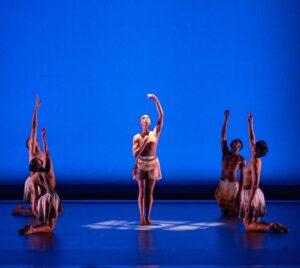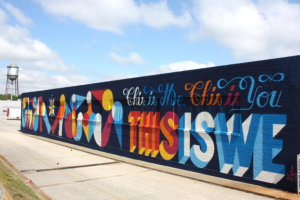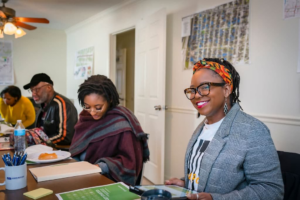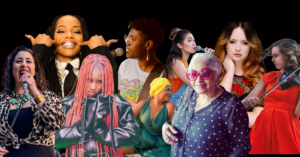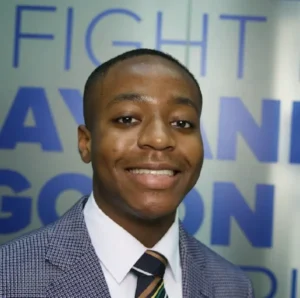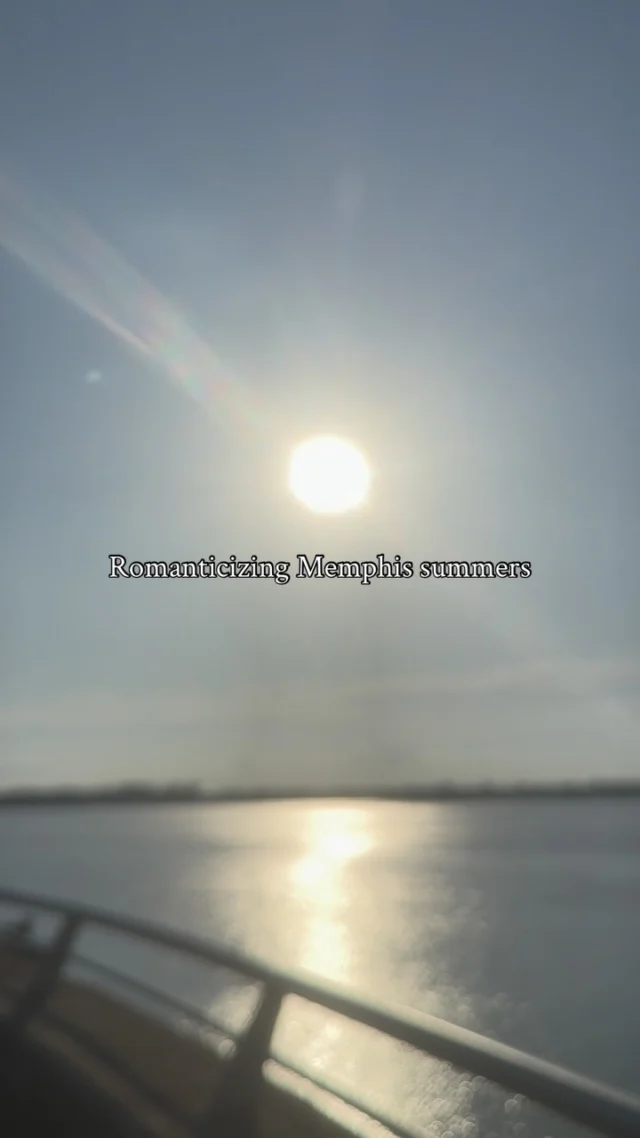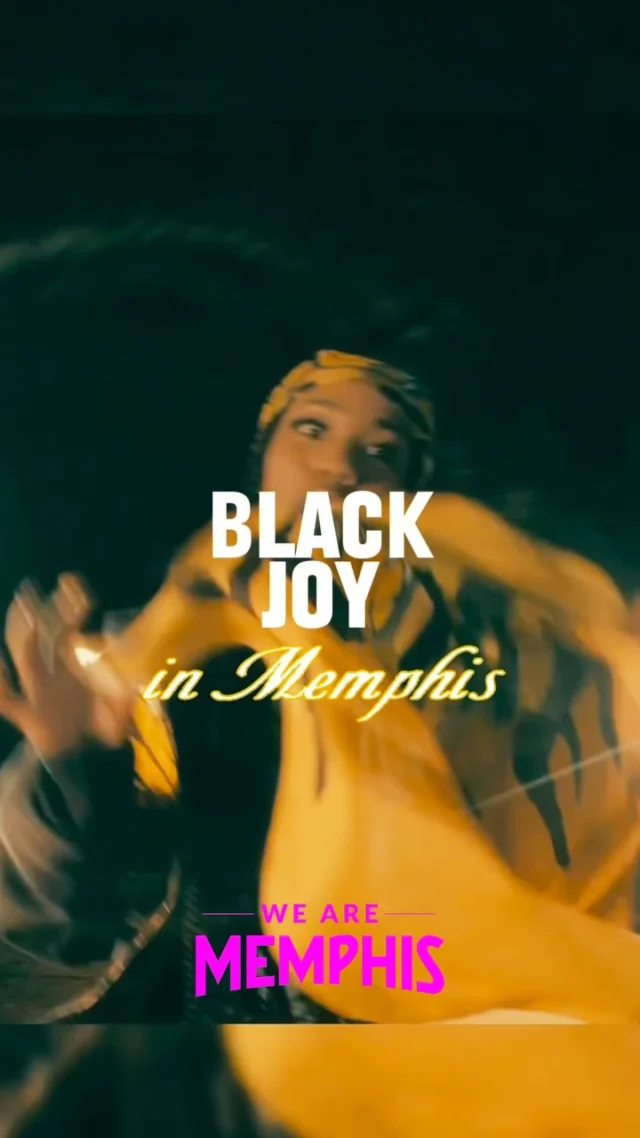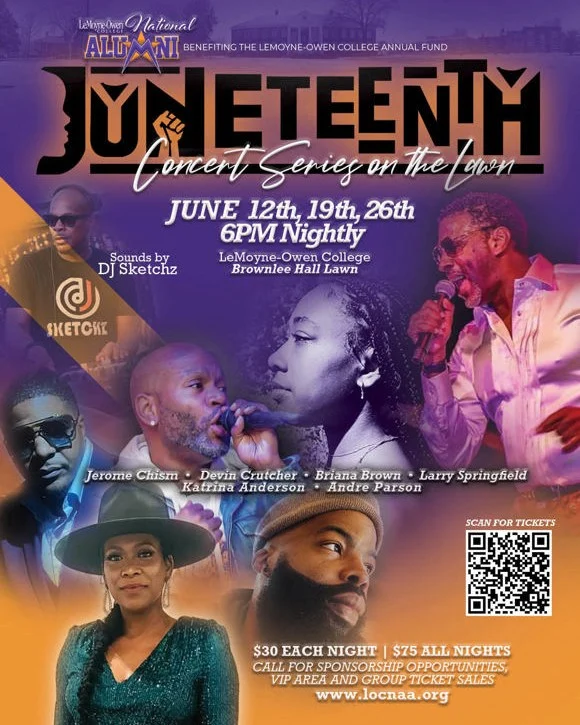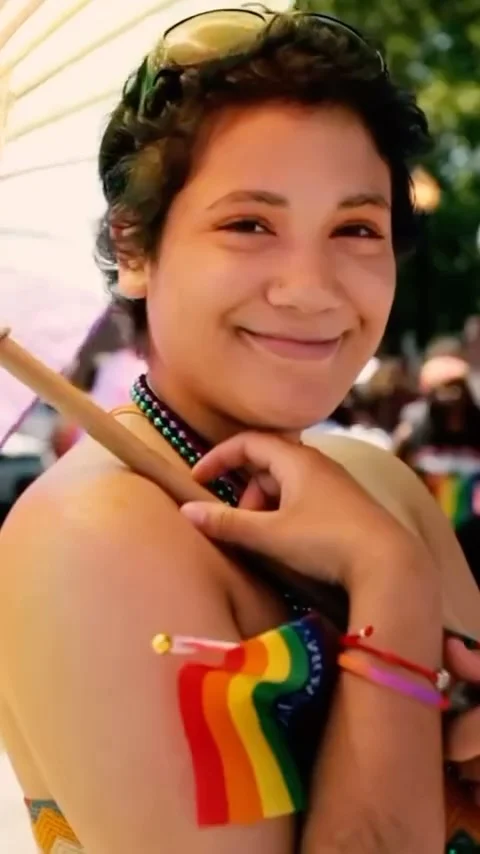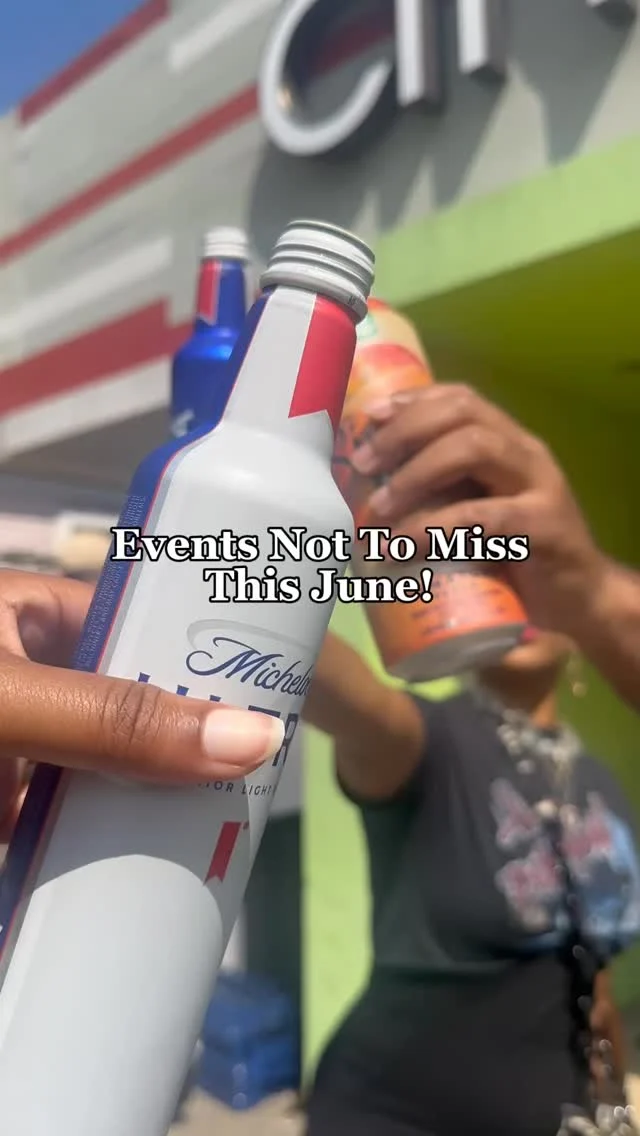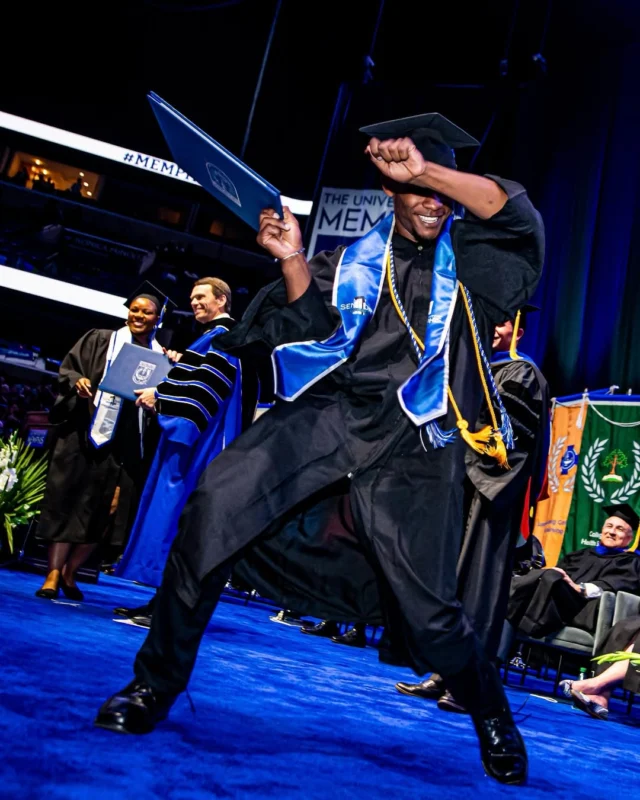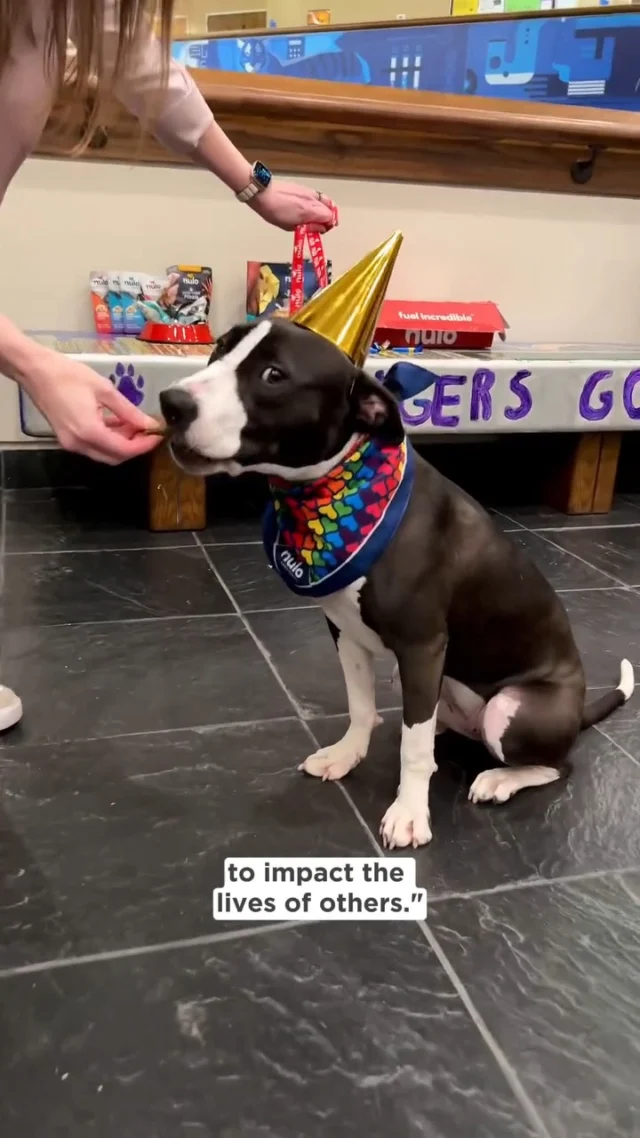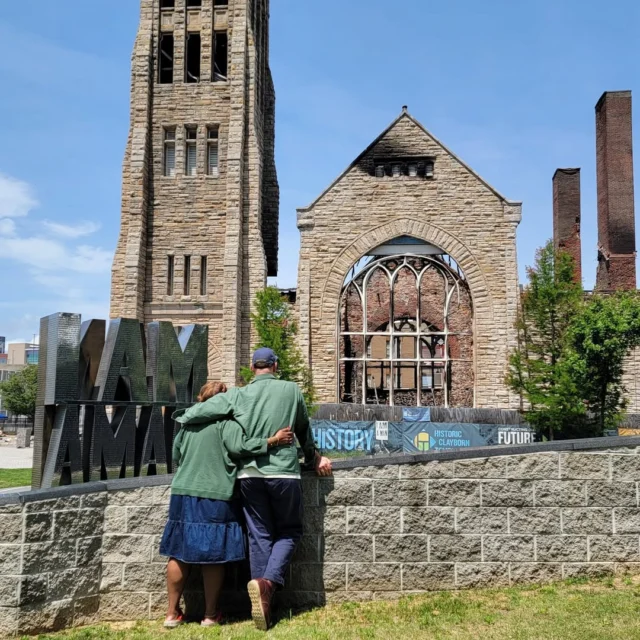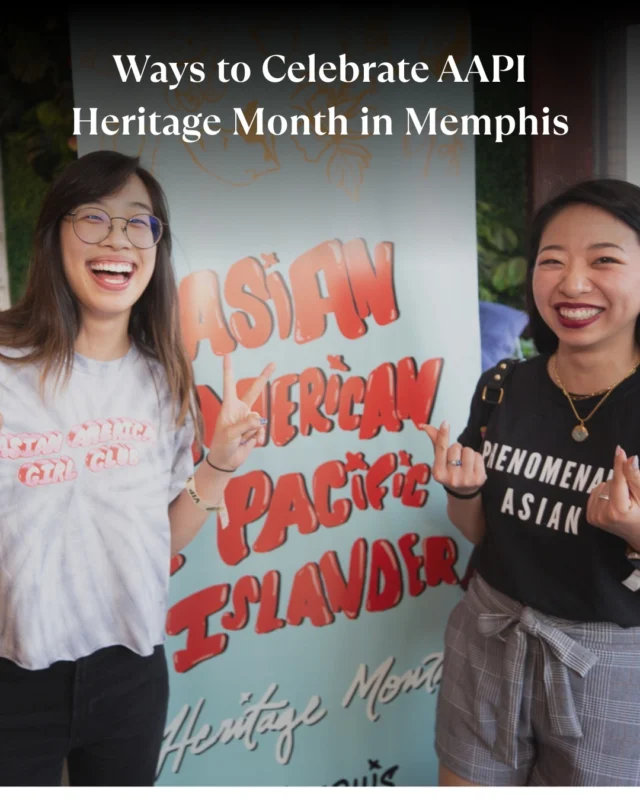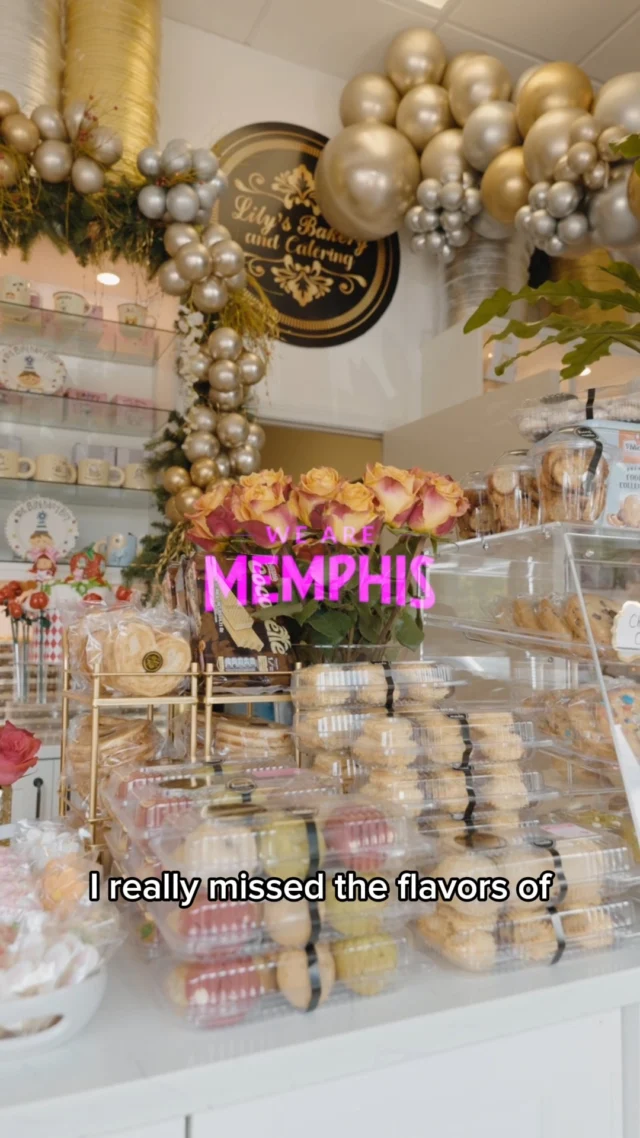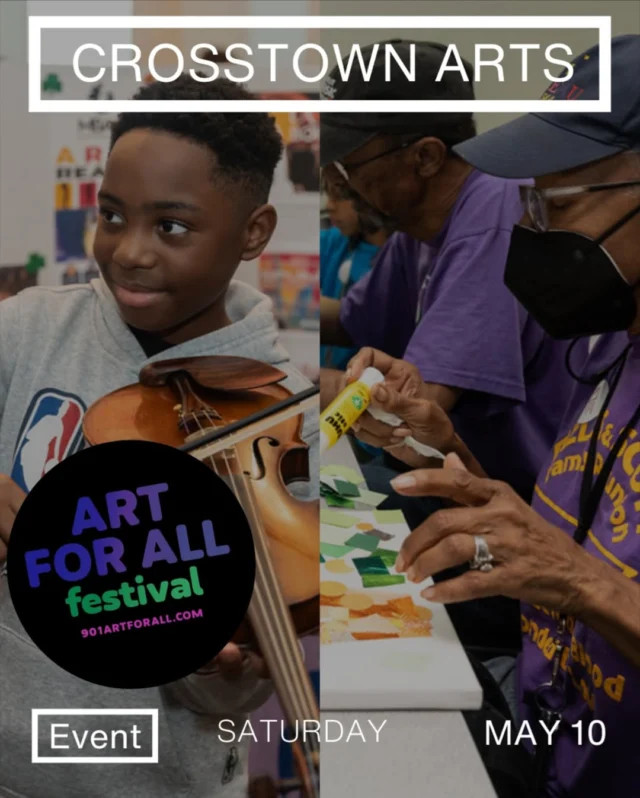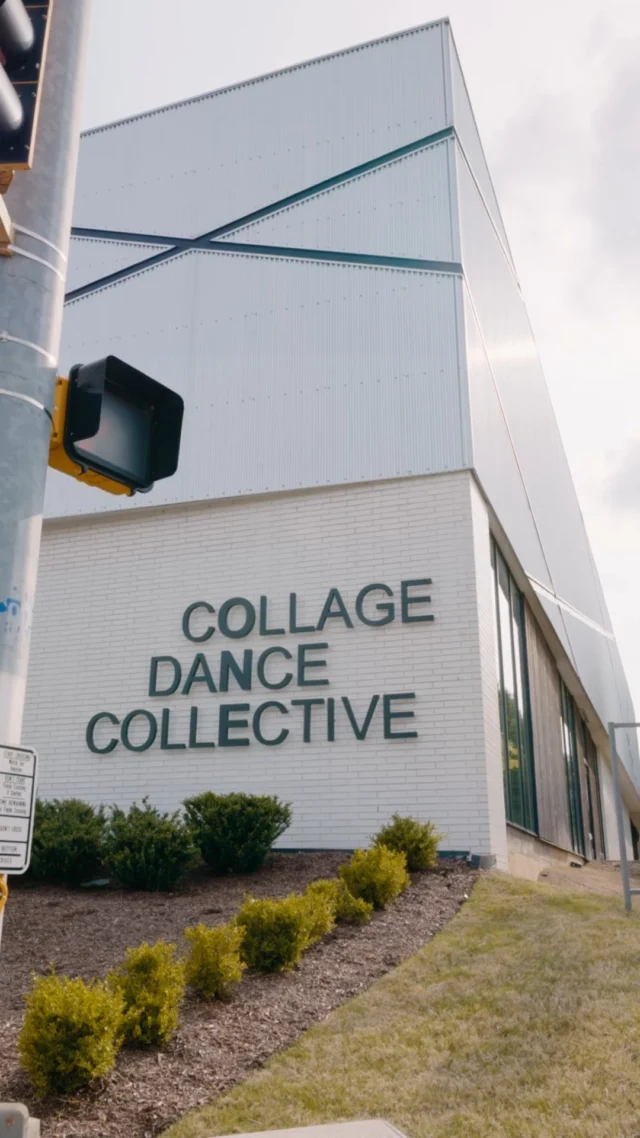By Zandria F. Robinson
GloRilla, Three 6 Mafia, Yo Gotti, Gangsta Boo. Collage by Jackie Lay / NPR.
Frazer Harrison / Scott Gries/ Greg Campbell / Jason Kempin/Getty Images
As it celebrates its 50th birthday, we are mapping hip-hop’s story on a local level, with more than a dozen city-specific histories of the music and culture. Click here to see the entire list.
In the beginning
To get to Memphis’ global influence on hip-hop, you have to reach up and stretch far back, way back, waaaay back on this continent, across people and places and styles and innovations: back beyond the turntables, keep going past Cedar and Sedgwick, turn left at bebop, make a right at Stagger Lee and keep going all the way back to just south of the place — to the fertile fields of the Mississippi Delta. In the late 19th and early 20th centuries, Black Mississippians’ creative labor and ingenuity was exemplified in their remembrance of all the pre-Atlantic ways: their refashioning of the field holler, the call and response, how they held in their throats all those sweet, haunting harmonic signatures that even bested old Pythagoras. Their culture work, spirit and material, is present in gospel, soul, blues, rock and roll, jazz, funk, R&B and all stops beyond and in between. Mississippians like Furry Lewis, Memphis Minnie and Jim Jackson migrated to Memphis and brought blues with them, and a pathway opened up. Like the Caribbean, Africa and New Orleans, Memphis is part of the source material of hip-hop. It is thus unsurprising that on the genre’s 50th anniversary, Memphis rap is a dominant force as sampled archive and fecund present. After all, few can deny their mother and expect to live forever.
Sponsor Message
Let there be darkness
Modern Memphis hip-hop emerged from the collective labor of bodies in motion, as Black Memphians on club dance floors (and skating rinks turned dance floors) started stomping, jookin’, gangsta walking and getting buck to the heavy electronic bass of DJ Spanish Fly in the mid-1980s. These were the children of post-industrial technology, and they had transported the horn and drum sections from Stax and Hi Records to high school band jamborees and beat machines.
DJs like Fly, Zirk and Squeeky offered lo-fi containers of samples, scratches, minor keys, trotting melodies and plodding bass in clubs and on viral mixtapes. They held, and sometimes let loose, the angst, rage and ingenuity of these new blues people who came of age in the aftermath of Martin Luther King Jr.’s assassination. Many innovated on this foundation, adding now-signature eighth-note and triplet cadences, soul and funk samples, church-keyboard melodies, snapping snares, haunting dubs, crunk chants and that ubiquitous hi-hat to narratives of everyday life in the underground economy of a city full of Mississippi’s descendants. Across the gangsta-funk-horror-pimp-trap spectrum, artists from Tommy Wright III, Princess Loko and Gangsta Pat, to 8Ball & MJG and Skinny Pimp, to Playa Fly and Gangsta Blac, to Three 6 Mafia and Yo Gotti pressed ancient Southern folktales of the body’s pleasures and pains, of money and debt, of life and death, of respect and revenge, into new gothic blues forms. A sonic and discursive commitment to the visceral horror of it all unified Memphis’ early scene. Of course, there’s no light without this darkness.
Spreading the gospel
Through the late 1990s, Memphis was the devil’s own apex in the Deep South — a point in two triangles that included the Houston, New Orleans and Atlanta scenes. As a purveyor of the darker sides of trap and crunk, Memphis was a legible and influential scene within the so-called Third Coast. However, like the rest of Southern rap, the Memphis scene was largely marginalized by white corporate tastemakers and their Black great migrator interlocutors, who had yet to do their sonic ancestry. By the early 2000s, the tide of the South’s broader and largely independent success began to lift all of the boats in the region. Memphis was both a contributor to and a beneficiary of this explosion into the mainstream. Still, despite significant national successes, “most known unknown” (the title of Three 6 Mafia’s 2005 album, which ironically includes the double platinum single “Stay Fly”) would largely continue to characterize the broader public’s understanding of Memphis hip-hop for a decade.
Revelation
Drake’s public engagement of his Memphis roots might have helped, but it is likely the local veteran Yo Gotti’s triple-platinum hit “Down in the DM” that ushered in this current moment of cohesive undeniability for Memphis as a global hip-hop juggernaut. Like Memphis soul music, Memphis hip-hop pervades stages across every ocean and is refracted back to the U.S. in various forms, named and unnamed. The labor had long been there and so had the signs. Whereas crunk has somewhat receded in the current moment — which astute student of local hip-hop history Duke Deuce is actively rectifying — the smooth-ass, fresh-ass rich-street n**** and fly-bitch coolness of the Memphis trap and gang-gang-gang sound reflects a scene confidently aware of itself, such that we can’t tell if it’s a workday or the Sabbath.
In this revelatory ecosystem, producers like Drumma Boy, Tay Keith and Hitkidd and engineers like Ari Morris and thank Aaron unified the scene, building on and reinvigorating a legacy of innovation left by Memphis’ foundational deejays, mixtape kings and producers. In this new space, born of Memphis’ continued outsider status, longtime underground stars like the late Young Dolph and newcomers like Blac Youngsta and Moneybagg Yo sought to be distinctively themselves, to create with and through the horror, and revel in it even. It’s the very nerve of those on the other side that we still witness in those that continue on this side, especially in the women artists. From their foremothers (La Chat, the ancestor Princess Loko and the ancestor Gangsta Boo) a group of artists fronted by GloRilla have inherited some delightful, sharp, unexpected spirits, a freedom those before them could taste and conjure but couldn’t often hold.
What endures across all of this time, from way back to way forward and way back again, is the Black spirit of Memphis and the gold-tooth Mississippi smiles that always knew we would be here now and forever and ever. Amen.
All Rap Is Local icons.
Where to start with Memphis rap:
8Ball and MJG, “Mr. Big” (1993)
Gangsta Pat, “Deadly Verses” (1995)
Three 6 Mafia, “Tear Da Club Up ’97” (1997)
Gangsta Boo, “Where Dem Dollas At” (1998)
Playa Fly, “Nobody” (1998)
DJ Zirk, “Lock’em in Da Trunk” (2000)
Project Pat, “If You Ain’t From My Hood” (2001)
Yo Gotti, “Got Dem Racks” (2015)
Young Dolph, “Major” (2018)
GloRilla, “F.N.F.” (2022)
memphis
GloRilla
Yo Gotti
Three 6 Mafia
This article was originally published at “npr.com”
